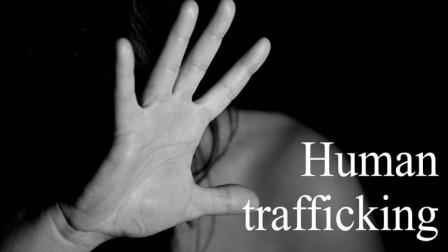A stranger added Chandani on Facebook, she accepted, and soon they began exchanging messages online. He told her that he could get her a well-paid job in Iraq. She had never met him, but one day he sent someone to hand over a visa and a passport. After the delivery of a passport, the agent told Chandani that a job was ready for her as a housekeeper in Iraq. He arranged for her to be escorted to Delhi by a man he said was his brother. But instead of boarding a flight to the Middle East as promised, she was locked in a hotel room with 18 other women for several weeks. The stranger turned out to be an agent for the traffickers.
She knew she was “about to be sold” because tales of trafficking are everywhere in Nepal.
This is not only the story of Chandani but of every one or third nepaleses’ girls who has been a victim of human trafficking.
Human trafficking in Southeast Asia has long been a problem and is still prevalent today. It has estimated to affect over 150,000 people a year within South Asia.
Among which Nepal is a major human trafficking source to India. A country with population of 30 million, nearly 1.5 million Nepalese are at risk of various forms of human trafficking. A report, released by the National Human Rights Commission on August stated that, migrant workers, Nepalese working abroad, people in the adult entertainment sector, girls and women from rural areas, missing persons and child laborers are among the groups which are most sentient to trafficking. This makes Nepal a source, as well as a transit for human trafficking. Even the annual report of the Human Rights body estimated that nearly 35,000 of Nepali citizens out of which 15,000 men, 15,000 women and 5,000 children were trafficked last year (2018).
The other report stated that nearly 1,000 Nepali women and girls are annually rescued from India, where they are taken for sex trade, forced labor, housemaid and by various NGOs. Poor screening at the open border between Nepal and India, which is used for human trafficking, and lack of formal mechanisms in both countries to address the issue continues to make cross border trafficking major challenge for Nepal. According to the source, there are more than 3,000 sex workers on GB Road in New Delhi, among them are between 400 and 500 Nepalese women.
Human trafficking in Nepal is often cited as the result of poverty and destitution. The migration decisions of an individual leading to trafficking are often influenced by poverty, disintegration of family, experiences of violence and abuse, false promises of a better life or of marriage.
Many trafficking survivors returning from sex industries suffer from severe post-traumatic effects caused by inhumane practices faced at the brothels and the complete denial and rejection on all fronts of life in their own society increase the risks of re-victimization. They are frequently rejected and shunned by their families or communities for having been forced to work as a prostitute, sexually abused, failing to return with the promised income, or for leaving a debt unpaid.
However, the society should be open-heart to understand the victim’s pain. There is a need for more academic study on human trafficking. More study needs to be done in relation to society as to how these practices affect various communities throughout the country. They are also the citizens of the country. So they need to be helped and treated as human beings too. If practices and belief systems can be identified and understood in a contextual way it will benefit researchers and politicians in creating more efficient policies.


